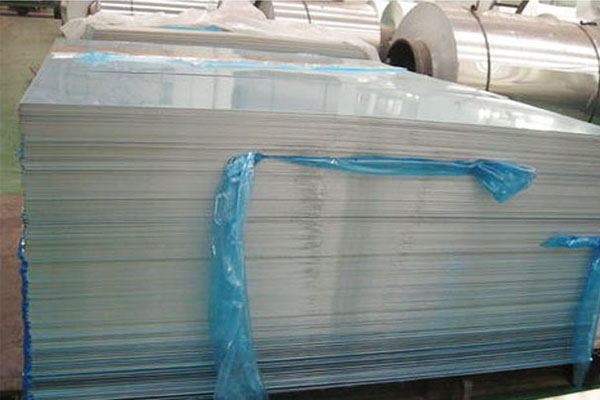Film thickness and coloring of an anodized aluminium plate
October 25, 2019
The film of an anodized aluminium plate proves to be the key part of the plate, for its thickness and coloring effect reflect directly the plate’s quality. Here we share two important points in making a superior piece of anodized aluminium plate: conditions for improving film thickness and for successful coloring of the surface.
Conditions for improving film thickness of an anodized aluminium plate
In normal manufacturing process, anodized aluminium sheet films become thicker with the elongation of anodizing time. The growth ability of the film layer is basically stable at a constant current density, but the solubility of the sulfuric acid solution to the oxide film gradually increases, which is related to the gradual rise of the acid temperature in the pores of the film. When the dissolution rate of the acid solution to the oxide film reaches the film formation rate, the thickness of the oxide film stops rising, and the thickness at this time will be the thickness of the maximum anodizing film.
The thickness of the maximum anodizing film of an anodized aluminium plate is closely related to the oxidation process conditions and the alloy composition of the part. The limit obtained at this time is obtained with a small current density and a higher sulfuric acid concentration and a higher bath temperature. The oxide film is relatively thin. In order to increase the ultimate thickness of the oxide film, the current density should be appropriately increased and the sulfuric acid concentration and the bath temperature should be lowered under the allowable range.

Conditions for coloring an anodizing film
Films obtained by traditional methods (sulfuric acid, oxalic acid and chromic acid) are likely to be contaminated by oils, lipids and other coloring materials, for these films show a strong adsorbing ability. The film layer of our anodized aluminium plates is mainly amorphous aluminum oxide, also featured by a strong adsorption property. To achieve brightness level of the film layer, the following conditions should be met.
(1) The film layer should have a suitable thickness, and in coloring dark colors the film layer is required to be above 12 μm thick;
(2) The film layer should have appropriate porosity and adsorption;
(3) The film itself should be colorless and transparent;
(4) The surface of the aluminum parts to be oxidized shall be free of nicks, holes, and impurity streaks, and the crystal phase structure shall not differ, such as grain enlargement or deflection.
The above is our share about conditions for improving film thickness and for successful coloring of the surface. Hope it’s helpful.


 Nydia
Nydia
 Sales Manager
Sales Manager